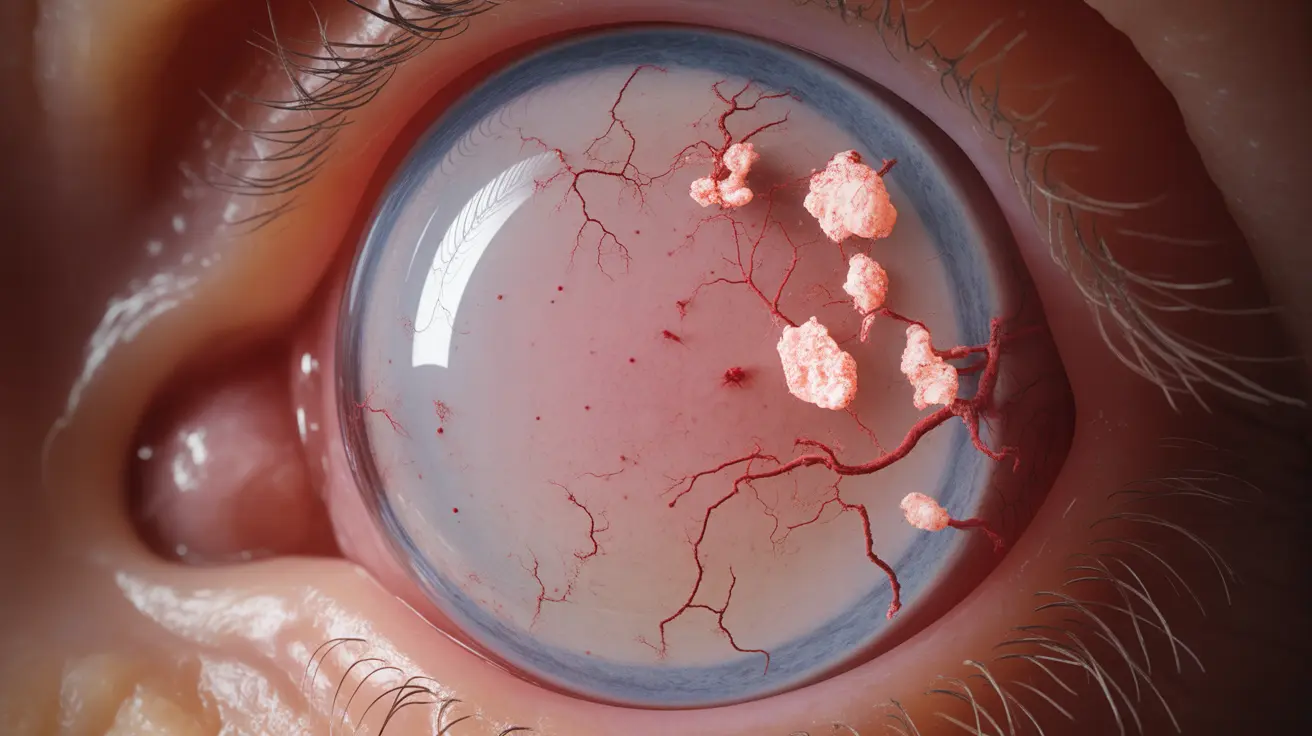HIV retinopathy is a serious eye condition that can affect people living with HIV, potentially leading to vision problems if left untreated. This condition occurs when HIV infection causes damage to the small blood vessels in the retina, the light-sensitive tissue at the back of the eye. Understanding the signs, causes, and treatment options is crucial for maintaining eye health in people with HIV.
Early detection and proper management of HIV retinopathy are essential for preventing vision loss and maintaining quality of life. This comprehensive guide will explore the key aspects of HIV retinopathy, including its symptoms, risk factors, diagnosis, and treatment options.
Signs and Symptoms of HIV Retinopathy
HIV retinopathy often develops gradually and may not cause noticeable symptoms in its early stages. However, several warning signs may indicate the presence of this condition:
- Blurred or distorted vision
- Floating spots or "floaters" in the field of vision
- Difficulty seeing at night
- Reduced color vision
- Sudden vision loss in severe cases
It's important to note that some people may not experience any symptoms until the condition has progressed significantly, which highlights the importance of regular eye examinations for HIV-positive individuals.
Understanding the Causes and Risk Factors
HIV retinopathy develops primarily due to the virus's effect on the blood vessels in the retina. Several factors can increase the risk of developing this condition:
- Lower CD4 cell counts (especially below 100 cells/mm³)
- Uncontrolled HIV infection
- Length of time living with HIV
- Presence of other HIV-related complications
- Poor adherence to antiretroviral therapy
The virus can cause inflammation and damage to the small blood vessels in the retina, leading to cotton wool spots, hemorrhages, and potential vision problems if left untreated.
Diagnosis and Testing
Diagnosing HIV retinopathy requires comprehensive eye examinations performed by eye care professionals. Common diagnostic procedures include:
- Dilated eye examination
- Fluorescein angiography
- Optical coherence tomography (OCT)
- Visual acuity tests
- Visual field testing
Regular eye examinations are crucial for early detection and monitoring of the condition, particularly for individuals with advanced HIV disease.
Treatment Approaches and Management
The primary treatment approach for HIV retinopathy focuses on managing the underlying HIV infection through effective antiretroviral therapy (ART). Additional treatment options may include:
- Laser photocoagulation for severe cases
- Anti-VEGF injections for complications
- Regular monitoring and follow-up care
- Treatment of any associated opportunistic infections
- Management of other HIV-related conditions
Early intervention and consistent treatment adherence can help prevent vision loss and maintain eye health.
Prevention and Eye Health Maintenance
People living with HIV can take several steps to reduce their risk of developing retinopathy or slow its progression:
- Maintaining strict adherence to HIV medications
- Getting regular eye examinations
- Managing other health conditions like diabetes and hypertension
- Maintaining a healthy lifestyle
- Reporting any vision changes promptly to healthcare providers
Frequently Asked Questions
What are the common symptoms and signs of HIV retinopathy to watch for?
The most common signs include blurred vision, floaters, reduced night vision, and changes in color perception. Some people may not experience symptoms initially, making regular eye examinations crucial.
How does HIV cause damage to the retina and what increases the risk of HIV retinopathy?
HIV affects the small blood vessels in the retina, causing inflammation and damage. Risk factors include low CD4 counts, uncontrolled HIV infection, and longer duration of HIV infection.
What tests and exams are used to diagnose HIV retinopathy and related eye conditions?
Diagnosis typically involves dilated eye examinations, fluorescein angiography, OCT scanning, and various vision tests to assess the extent of retinal damage.
How is HIV retinopathy treated and can vision loss be prevented?
Treatment primarily focuses on managing HIV through antiretroviral therapy. Additional treatments may include laser therapy and anti-VEGF injections. Early detection and treatment can help prevent vision loss.
What steps can people with HIV take to reduce their risk of developing HIV retinopathy and other eye problems?
Key preventive measures include maintaining HIV medication adherence, getting regular eye check-ups, managing other health conditions, and maintaining a healthy lifestyle.




